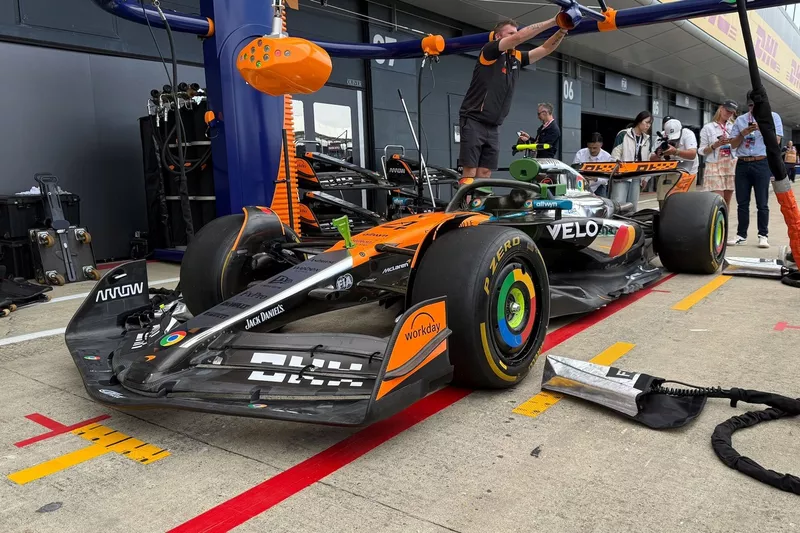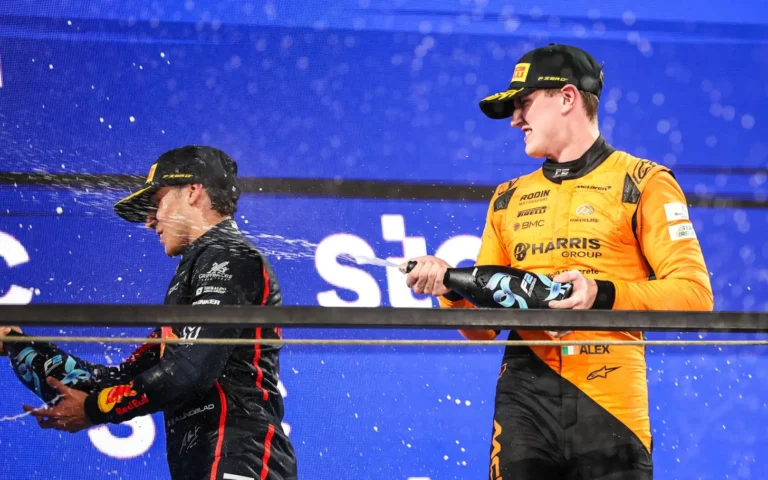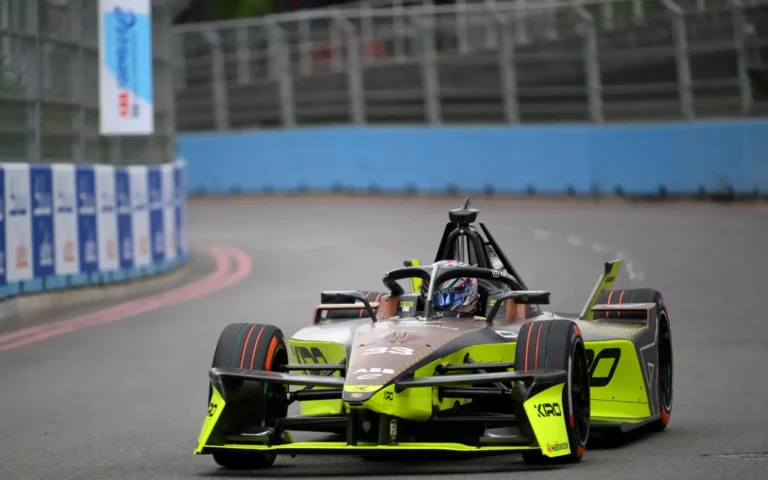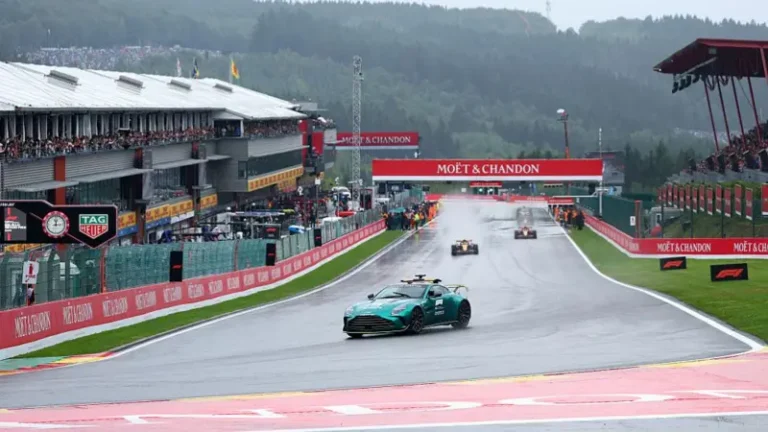
During the British Grand Prix at Silverstone, McLaren debuted a completely new floor design on its MCL39 car, but the team didn’t plan to race it immediately. Team principal Andrea Stella clarified that the new floor was only used in practice for data collection and evaluation. After initial testing, the team reverted to the older floor that had already proven successful for drivers Lando Norris and Oscar Piastri. This move wasn’t due to the new part failing expectations but was part of a carefully mapped-out testing process. The intention was to gather insights for future races—specifically, for deploying the upgrade fully at the Belgian Grand Prix in Spa.
McLaren’s strategy of delaying race deployment of upgrades is not new. Earlier this season, they tested a new front wing in Canada but waited until Austria to use it competitively. Similarly, parts planned for the Spanish GP were tested earlier in Imola. These delays weren’t due to problems with the upgrades but were instead part of a deliberate method of ensuring performance correlation between simulations and real-world conditions. This approach has helped McLaren steer clear of the upgrade-related struggles that have affected rivals like Ferrari and Red Bull.
The team’s ability to wait before racing new components signals a position of strength. McLaren’s measured rollout contrasts with other teams that are often forced to rush upgrades into competition due to performance pressures. Red Bull, for example, implemented floor upgrades for Max Verstappen ahead of schedule as they tried to regain momentum. In the midfield, where competition is tighter, teams cannot afford delays. McLaren, however, benefits from a solid performance base, giving it the luxury to test thoroughly without sacrificing competitiveness.
As the Belgian GP approaches, McLaren plans to officially race the new floor based on successful trial results from Silverstone. CEO Zak Brown confirmed that both cars will receive the upgrade, noting satisfaction with its initial performance. While this upgrade could further solidify McLaren’s dominance, other teams like Ferrari and Red Bull are also bringing updates to Spa—Ferrari with a new rear suspension and Red Bull with long-planned improvements. These upgrades represent the last development push before focus shifts to the 2026 regulations.
Ultimately, McLaren’s upgrade philosophy—deliberate testing before deployment—has reduced risk and ensured consistent performance. While rivals scramble to close the gap, McLaren maintains a calm and calculated pace, reflective of both a competitive advantage and strong internal planning. Their position allows for a technical flexibility most teams lack, giving them an edge not just in results, but in how efficiently they manage development throughout the season.



